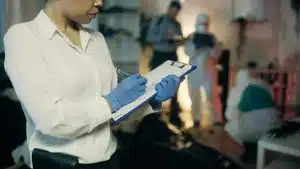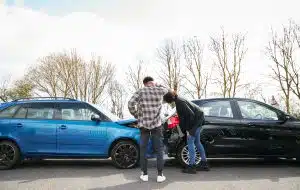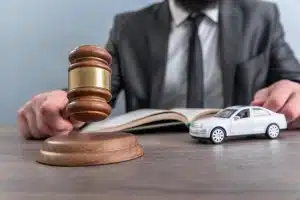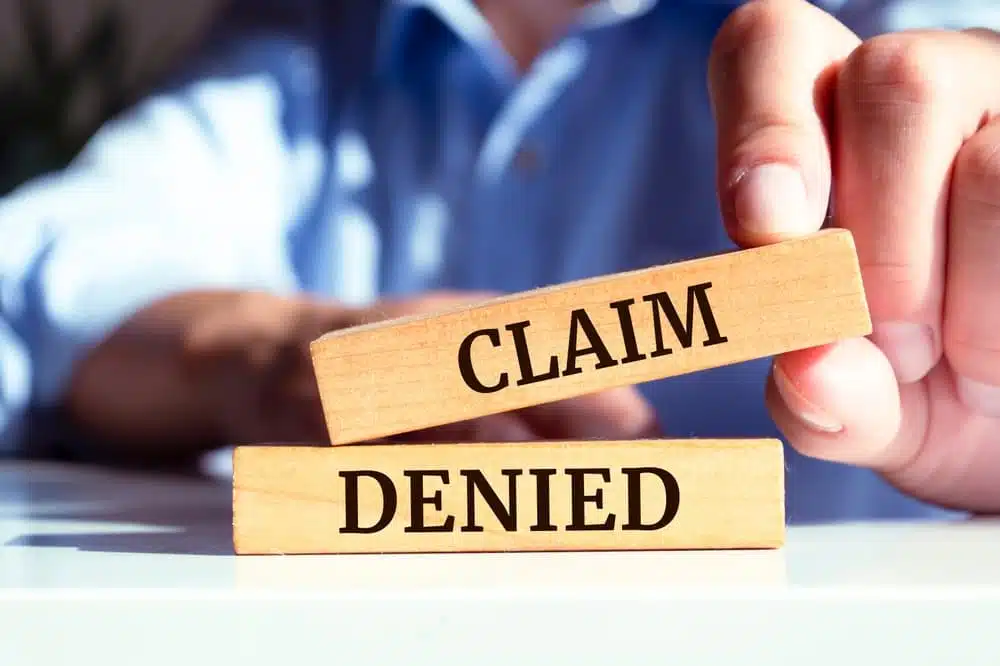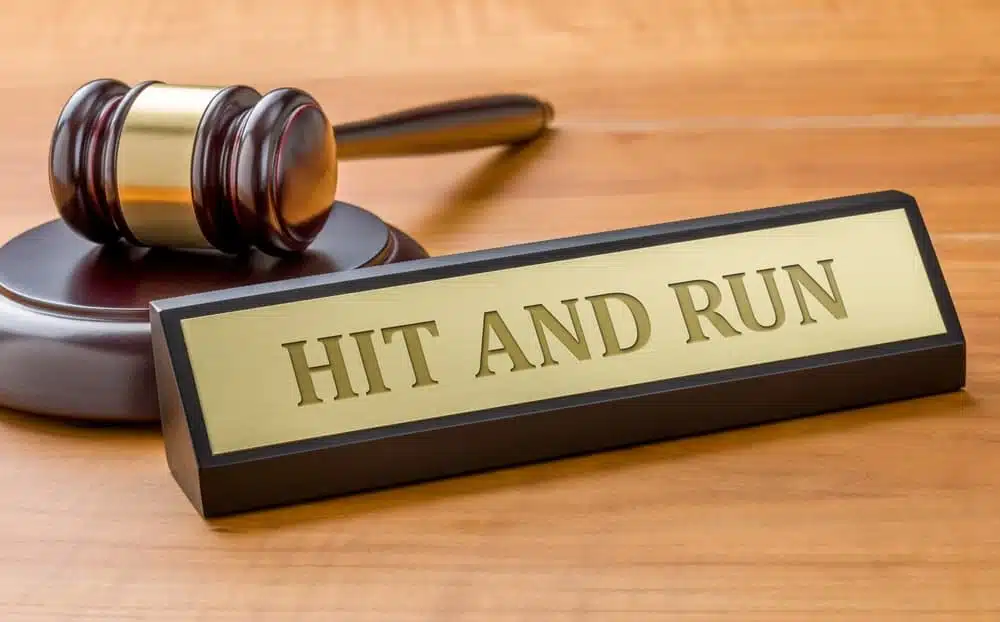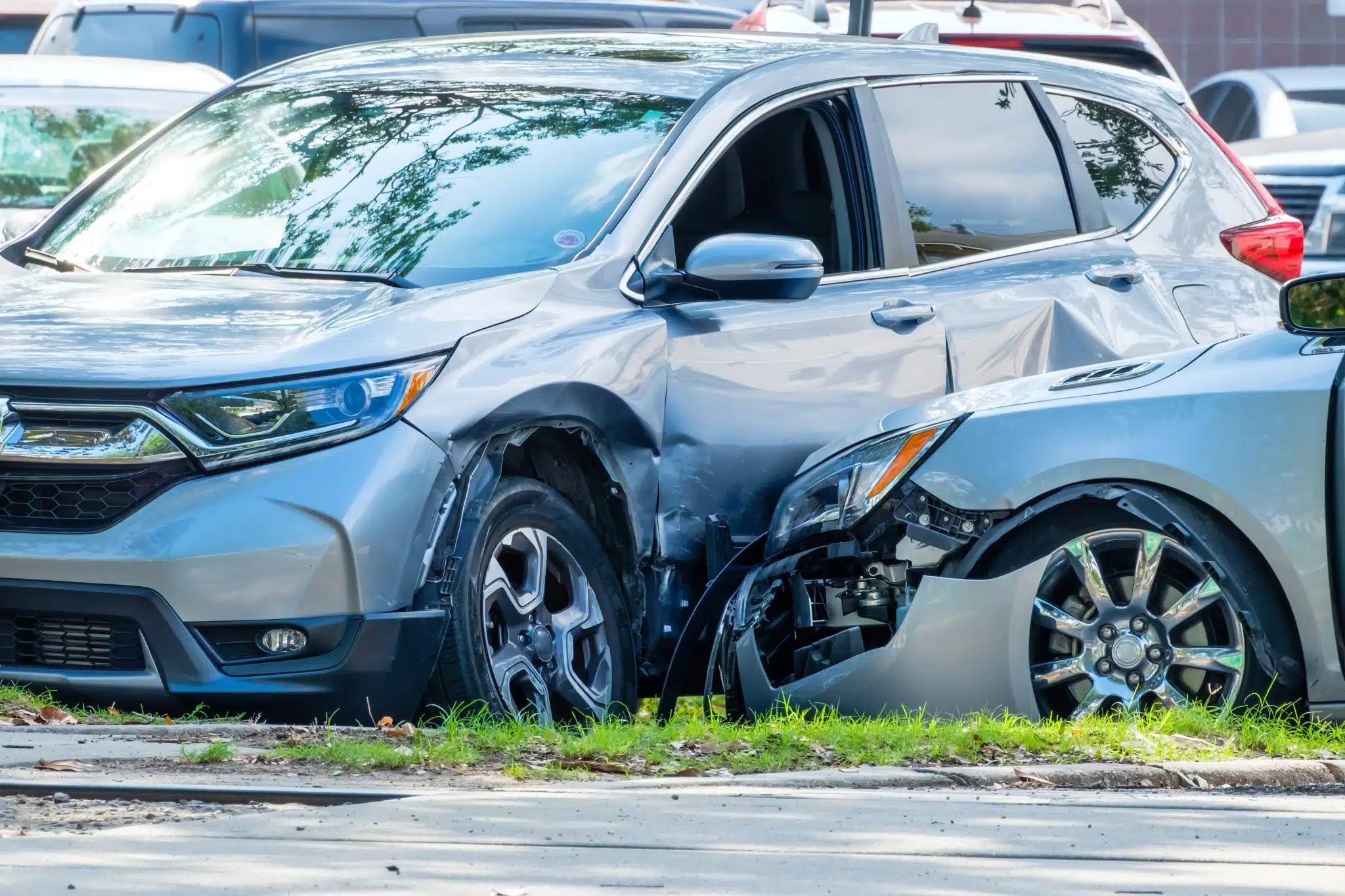
Car accidents can be chaotic, stressful, and confusing. Afterward, one of the most critical questions that needs to be answered is who was at fault. Determining fault is crucial for insurance claims, potential lawsuits, and understanding one’s rights and responsibilities following an accident.
At Rothenberg Law Firm, LLP, we’ve helped countless clients navigate the complexities of car accident cases in New York, New Jersey, and Philadelphia. In this comprehensive guide, we’ll explore the various factors that determine fault in a car accident and provide you with the knowledge you need to protect your interests. A Philadelphia car accident lawyer can offer essential assistance throughout this process.
Table of Contents
- Understanding Fault in Car Accidents
- Factors Considered in Determining Fault
- Types of Fault in Car Accidents
- Common Scenarios and Fault Determination
- The Impact of Technology on Determining Fault in Car Accidents
- The Role of Insurance Companies in Determining Fault
- Steps to Take After an Accident to Help Determine Fault
- The Importance of Legal Representation
- Contact a Car Accident Lawyer from Rothenberg Law Firm LLP Today
Understanding Fault in Car Accidents
Fault in a car accident refers to the legal responsibility for causing the collision. The at-fault party is typically liable for damages and injuries resulting from the accident. However, determining fault isn’t always straightforward and can involve a complex analysis of various factors.
Factors Considered in Determining Fault
Here are some key factors to consider when determining fault in an accident.
Traffic Laws and Violations
One of the primary considerations in determining fault is whether any driver violated traffic laws.
Common violations that often lead to accidents include:
- Speeding
- Running red lights or stop signs
- Failing to yield right-of-way
- Improper lane changes
- Driving under the influence of drugs or alcohol
- Distracted driving (e.g., texting while driving)
- Tailgating
If a driver breaks traffic laws and causes an accident, the law may consider them more likely at fault. However, violating a traffic law doesn’t automatically make a driver entirely at fault for an accident.
Police Reports
When police respond to an accident scene, they typically create an official report. This report documents evidence you can use to determine fault.
Police reports often include:
- Statements from drivers and witnesses
- Observations of the accident scene
- Any citations issued
- Diagrams of the collision
- Officer’s opinion on what caused the accident
While police reports do not prove fault, they carry significant weight in insurance claims and legal proceedings.
Eyewitness Accounts
Statements from people who saw the accident can be crucial in establishing fault. Eyewitnesses can provide unbiased accounts of what happened leading up to and during the collision. Their testimonies can corroborate or contradict the statements of the involved drivers.
Physical Evidence
Physical evidence at the accident scene can provide valuable clues about how the collision occurred.
This may include:
- Skid marks on the road
- Damage to vehicles
- Debris patterns
- Road conditions
- Traffic signal functionality
Accident reconstruction experts often analyze this evidence to determine the sequence of events and identify who was at fault.
Photos and Videos
In today’s digital age, photo and video evidence can play a significant role in determining fault.
This might include:
- Dashcam footage
- Surveillance camera recordings from nearby buildings
- Photos taken by drivers or witnesses at the scene
- Traffic camera footage
Visual evidence can provide an objective account of how the accident unfolded, making it easier to assign fault.
Driver Admissions
Sometimes, a driver may admit fault at the accident scene, but admissions made in the heat of the moment may not always reflect the true legal responsibility for the accident.
Types of Fault in Car Accidents
Understanding the different types of fault is crucial when determining responsibility in a car accident:
Comparative Negligence
Many states, including New York, New Jersey, and Pennsylvania, follow a comparative negligence system. This means that fault can be shared between multiple parties involved in an accident. Each party is assigned a percentage of fault, which affects their ability to recover damages.
There are two main types of comparative negligence:
- Pure Comparative Negligence: In states like New York, a party can recover damages even if they are 99% at fault, though their percentage of fault reduces their recovery.
- Modified Comparative Negligence: Some states, including New Jersey and Pennsylvania, use this system. Under this system, a party can only recover damages if their fault is less than a certain threshold (usually 50% or 51%).
Contributory Negligence
A few states still use contributory negligence, though it’s not applicable in New York, New Jersey, or Pennsylvania. Under this strict system, if a party is found to be even 1% at fault, they cannot recover any damages.
Common Scenarios and Fault Determination
Let’s examine some common accident scenarios and how fault is typically determined:
Rear-End Collisions
In most cases, the driver who rear-ends another vehicle is considered at fault. This is because drivers are expected to maintain a safe following distance and be prepared to stop if the vehicle in front of them slows down or stops suddenly.
However, there are exceptions. The front driver might share fault if they:
- Reversed suddenly
- Had non-functioning brake lights
- Stopped abruptly for no reason
Left-Turn Accidents
When a car making a left turn collides with an oncoming vehicle, the turning driver is usually considered at fault. This is because drivers making left turns are required to yield to oncoming traffic.
Exceptions might include:
- The oncoming driver ran a red light
- The oncoming driver was speeding excessively
- The left-turning driver had a green arrow signal
T-Bone Collisions
In T-bone accidents, where the front of one car strikes the side of another, fault often depends on who had the right of way. This might be determined by:
- Traffic signals
- Stop signs
- Right-of-way rules at uncontrolled intersections
Merging Accidents
When a collision occurs as one vehicle merges into traffic, the fault typically lies with the merging driver. Drivers entering a roadway or changing lanes must yield to existing traffic.
However, if the other driver was speeding or failed to allow reasonable space for merging, they might share some fault.
Multi-Vehicle Pile-Ups
Determining fault in multi-vehicle accidents can be complex. The driver who caused the initial collision is often considered primarily at fault. However, other drivers may share fault if they followed too closely or failed to take evasive action.
Parking Lot Accidents
Fault in parking lot accidents often depends on the specific circumstances, such as:
- Which driver had the right of way based on parking lot traffic patterns
- Whether a driver was backing out of a parking space
- If a driver was speeding or driving recklessly in the parking lot
The Impact of Technology on Determining Fault in Car Accidents
As technology advances, it plays an increasingly significant role in determining fault in car accidents. From sophisticated in-vehicle systems to data from our personal devices, these technological developments are changing the landscape of accident investigation and fault determination.
Advanced Driver Assistance Systems (ADAS)
Modern vehicles are equipped with various ADAS features that help prevent accidents and provide crucial data when collisions occur. These systems include:
- Lane departure warnings
- Automatic emergency braking
- Adaptive cruise control
- Blind spot detection
Data from these systems can reveal whether they were active and functioning properly and how the driver responded to their warnings in the event of an accident. For example, ignoring a lane departure warning moments before a collision could indicate driver negligence.
Event Data Recorders (EDRs) or “Black Boxes”
Most modern vehicles are equipped with EDRs, often called black boxes.
These devices record critical data in the seconds before, during, and after a collision, including:
- Vehicle speed
- Brake application
- Accelerator position
- Seat belt use
- Airbag deployment
This data can provide an objective account of what happened during an accident, making it invaluable for determining fault. However, accessing and interpreting this data often requires specialized equipment and expertise.
Telematics and Usage-Based Insurance
Many insurance companies now offer usage-based insurance programs that use telematics devices to monitor driving behavior.
These devices can track:
- Mileage
- Time of day driven
- Hard braking events
- Rapid acceleration
- Cornering speed
While primarily used for insurance pricing, this data could determine fault. For instance, a pattern of hard braking or speeding leading up to an accident could indicate risky driving behavior.
Smartphone Data
In our connected world, smartphones can provide a wealth of information relevant to accident investigations:
- Cell phone records can reveal if a driver was texting or on a call at the time of the accident
- GPS data can establish a vehicle’s location and speed
- Fitness trackers or health apps might provide information about a driver’s physical state
The Role of Insurance Companies in Determining Fault
Insurance companies play a significant role in the fault determination process.
When you report an accident, insurance adjusters will:
- Review the police report
- Examine photos and videos of the accident scene
- Take statements from the involved parties and witnesses
- Assess vehicle damage
- Consider any traffic laws that were violated
Based on this information, the insurance companies will assign fault percentages to the involved parties. This determination affects how claims are paid out and whether premiums increase.
Be aware that insurance company determinations are not legally binding. If you disagree with their assessment, you can challenge it, potentially through legal action.
Steps to Take After an Accident to Help Determine Fault
To protect your interests and assist in the fault determination process, take these steps after an accident:
- Ensure Safety: Check for injuries and move to a safe location if possible.
- Call the Police: Always call law enforcement to the scene, even for minor accidents.
- Document the Scene: Take photos and videos of vehicle positions, damage, road conditions, and any relevant traffic signs or signals.
- Gather Information: Exchange contact and insurance information with other involved drivers and get contact information from witnesses.
- Don’t Admit Fault: Avoid making statements that could be interpreted as admitting fault, even if you think you might be responsible.
- Seek Medical Attention: Get checked out by a medical professional, even if you don’t think you’re seriously injured.
- Report to Your Insurance: Notify your insurance company about the accident immediately.
- Keep Records: Maintain a file with all accident-related documents, including medical records and repair estimates.
- Consult an Attorney: If there are injuries or significant property damage, speak with a personal injury attorney.
The Importance of Legal Representation
Determining fault in a car accident can be complex, with significant implications for all parties involved. While insurance companies will conduct their own investigations, it’s crucial to remember that their primary interest is in minimizing their own costs.
This is where having experienced legal representation becomes invaluable. A skilled personal injury attorney can:
- Conduct an independent investigation of the accident
- Gather and preserve crucial evidence
- Interview witnesses
- Work with accident reconstruction experts if necessary
- Negotiate with insurance companies on your behalf
- Represent your interests in court if a fair settlement cannot be reached
At Rothenberg Law Firm, LLP, our experienced attorneys have a deep understanding of the laws and regulations governing car accidents in New York, New Jersey, and Philadelphia. We’re committed to helping our clients navigate the complex process of determining fault and securing the compensation they deserve.
Contact a Car Accident Lawyer from Rothenberg Law Firm LLP Today
Determining fault in a car accident is rarely a straightforward process. It involves carefully considering traffic laws, physical evidence, witness statements, and expert analysis. Understanding how fault is determined can help you protect your rights and interests in the aftermath of an accident.
Remember, the decisions made immediately after an accident can have long-lasting consequences. By taking the right steps at the scene, documenting evidence, and seeking appropriate legal representation, you can ensure that your side of the story is heard and your rights are protected.
If you’ve been involved in a car accident in New York, New Jersey, or Philadelphia, don’t navigate this complex process alone.
Contact Rothenberg Law Firm, LLP, at 800-624-8888 or through our online form for a free consultation. Our experienced team of personal injury attorneys is ready to fight for your rights and help you achieve the best possible outcome in your case.


